|
PROJECT STORY 05 |

|
|---|
Aiming for the Best Energy Mix to Shape the Future of Japan JESCO Group Contributing to a Sustainable Society
―Solar Panel Installation Business―

|
Japan’s embrace of renewable energy in aftermath of Great East Japan Earthquake Sunlight, wind, water, geothermal, and biomass, collectively referred to as renewable energy, are energy sources that can be used forever. A scheme for the purchase of surplus electricity was introduced in Japan in 2009 in response to a heightened sense of crisis about global warming and growing concern about the vulnerability of stable procurement of fossil fuels (oil and coal). With a view to promoting the emergence of a low-carbon society, the Japanese government advocated the take-up of residential solar power generation facilities nationwide. Mindful of this trend, the JESCO Group started a solar panel installation business in 2008.
It was against this backdrop that the Great East Japan Earthquake struck on March 11, 2011. The unprecedented catastrophe that struck the Tohoku region compelled the Japanese people to rethink disaster prevention and preparedness as well as the energy infrastructure and energy mix supporting society and the economy.
How can Japan ensure a safe, secure supply of electric power while according due consideration to the environment? Japan’s effort to rethink the country’s energy mix, that is, the mix of energy sources and their respective ratios, so as to reduce reliance on nuclear power and achieve the optimum mix, continues to this day.
The view that renewables are the key to resolving this issue is gaining traction. In 2012, a year after the Great East Japan Earthquake, the scheme for purchasing surplus electricity produced by photovoltaic systems transitioned to a feed-in tariff scheme (FiT scheme). Obligating existing power producers to purchase all output generated from renewable energy sources and fixing purchase prices encouraged numerous parties to consider entering the renewable energy generation business. |
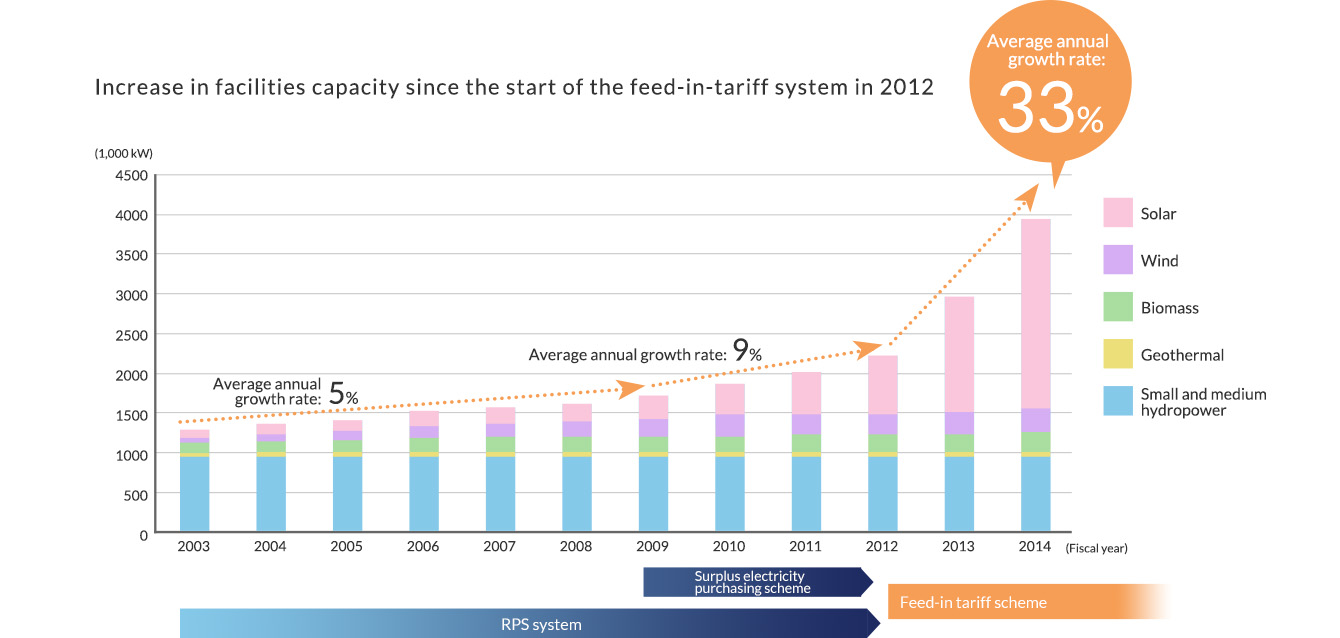
|
|
Source: Feed-in Tariff Scheme Guidebook |
|
A second surge in solar power generation Of the many renewable energy sources, solar power is generally expected to have the greatest potential for widespread use. Solar panels for home use were already familiar to the public. Moreover, barriers to introduction are comparatively low: for instance, there are few restrictions on where they can be installed. Not only is energy conversion efficiency increasing owing to improved solar panel performance, but also the price of solar panels is falling. Hence, the spread of solar power is gaining momentum.
This trend is evident in the JESCO Group’s solar panel installation business too. Not only is it a mainstay business accounting for 34%* of sales of the domestic engineering, procurement, and construction (EPC) business, it is also a growth business. In fact, the JESCO Group’s cumulative solar panel installations rapidly increased from 57 locations nationwide with total capacity of 37 MW in February 2015 to 115 locations with total capacity of 76 MW in October 2016.
The solar panel installation business benefits from many favorable factors, including stabilization of purchase prices under the FiT scheme and an increase in the numbers of companies and local governments installing in-house solar power generation facilities.
*Fiscal year ended August 31, 2016 |
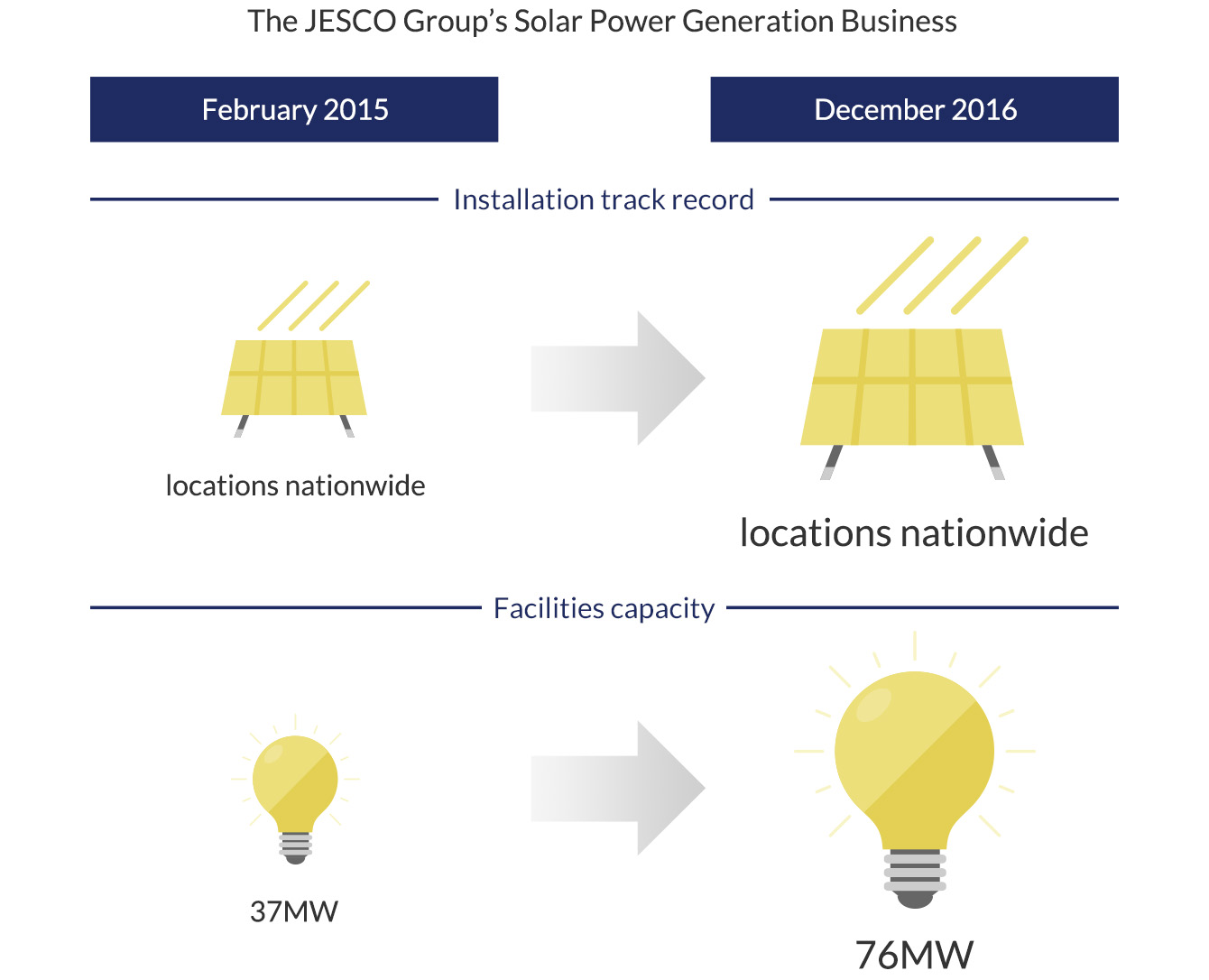
|
|
Solar power enters the mega-solar era. The backdrop to the rapid growth of our solar panel installation business is the quickening tempo of introduction of mega-solar systems, that is, of systems with a capacity of at least 1 MW—enough to meet the daily electricity needs of more than 300 typical households in Japan.
Although the spread of solar power generation in Japan has hitherto been led by residential use, introduction for business use is getting into full swing, as in Europe and North America, partly as a result of market entry by a succession of overseas solar panel manufacturers. The increasing take-up of solar power generation for business use is reflected in the increasing scale of mega-solar systems, a trend that is likely to continue for some time. Indeed, in December 2016, the JESCO Group won an order for a 36.5 MW large-scale project in Fukuoka Prefecture. |
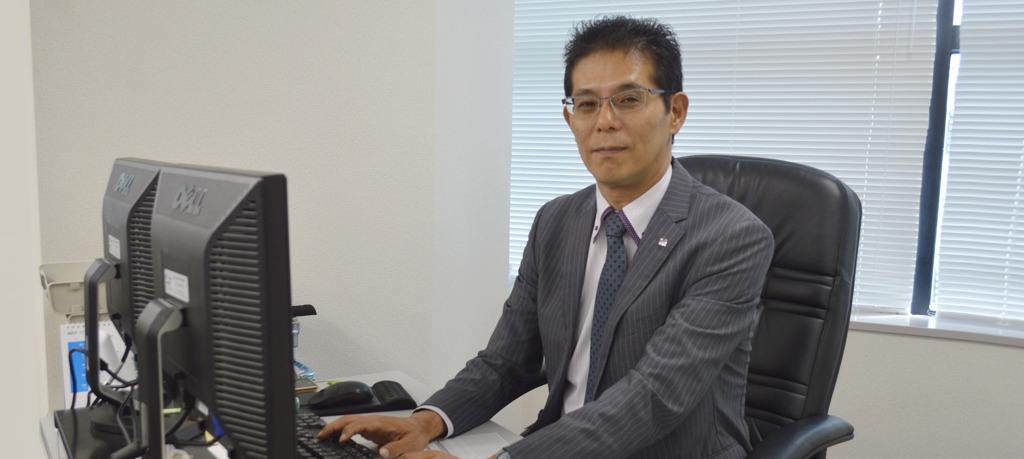
|
|
Toshihiko Hagihara, Director and Senior Managing Officer of JESCO CNS, which is promoting the solar power business, comments on the recent trend: “Large sites are necessary for installing mega-solar facilities. Non-traditional installation expertise is required for construction at sites, such as undulating land previously used for golf courses or on coastal reclaimed land.” |
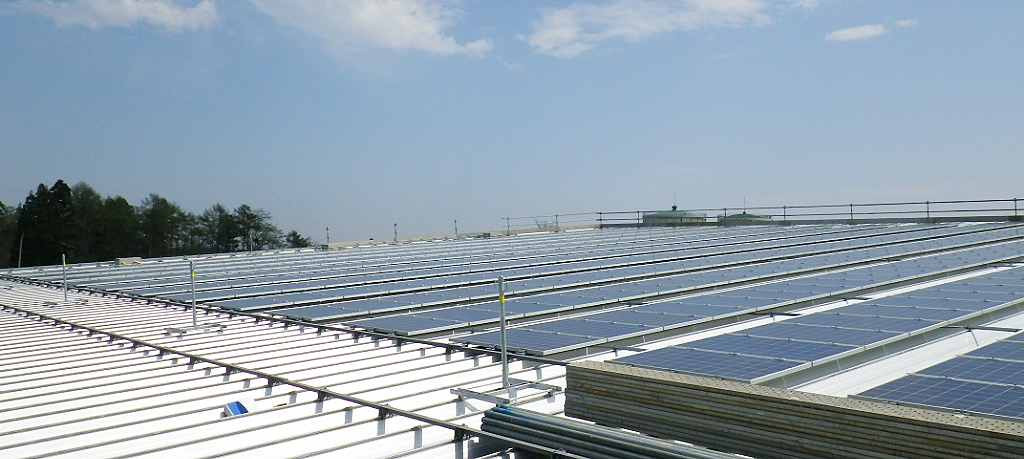
|
|
In fact, this trend is a tailwind for the JESCO Group, which has a track record of installation in various environments thanks to many years of involvement in the EPC business. The Group has launched a consulting service that proposes rapid installation methods enabling cost reduction, and has had success in gaining the customers’ trust. Furthermore, it has prepared a framework for meeting a wide range of customer requests, including a Web-based system for visualizing the amount of solar radiation, power generation capacity, and other metrics as well as a system covering post-installation maintenance.
According to Hagihara, “With our technology, we can help shape the future of Japan. There’s nothing more rewarding for someone involved in facilities construction.” Relishing the opportunity to contribute to the creation of a sustainable society, the JESCO Group is pursuing further expansion of this business.
(Posted in September 2017) |
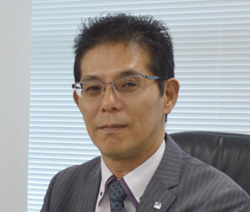
Toshihiko Hagihara
Director and Senior Managing Executive Officer
General Manager, Social Infrastructure Business Headquarters
JESCO CNS Co., LTD.


